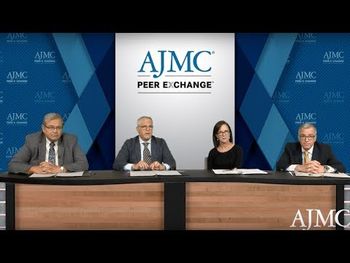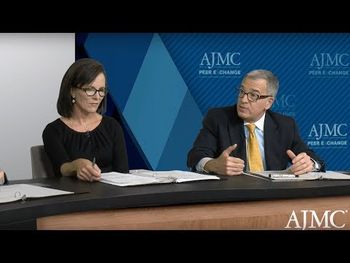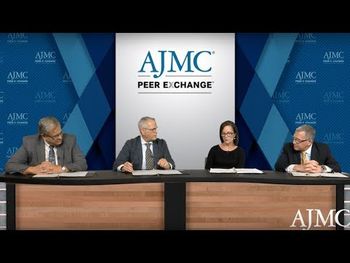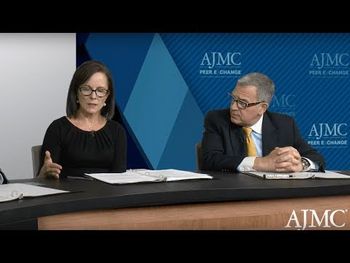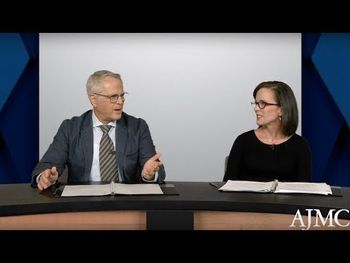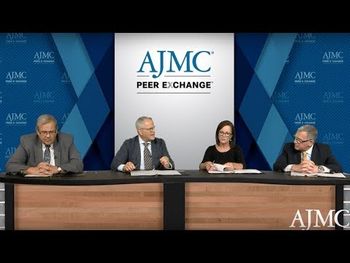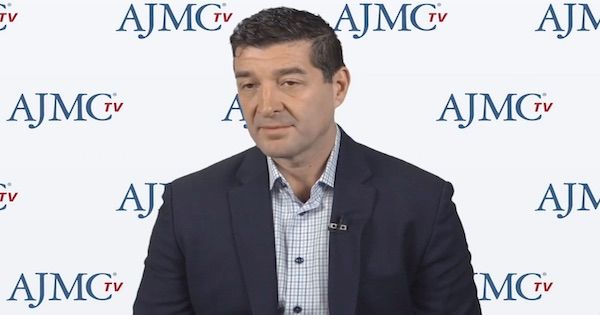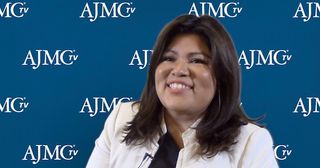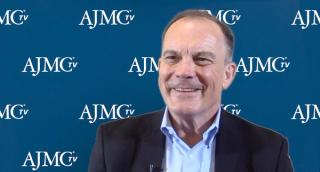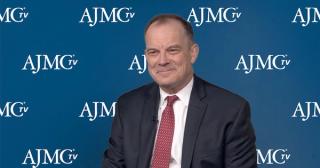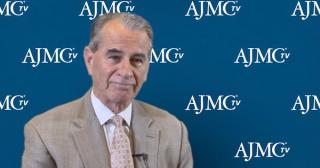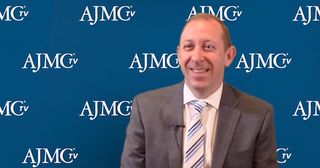
Employers
Latest News

Latest Videos

CME Content
More News

At the Community Oncology Alliance's 2019 Community Oncology Conference in Orlando, Florida, a panel discussed strategies for practices to collaborate and survive the recent wave of consolidation. Targeting employers is one solution.

America’s Health Insurance Plans (AHIP) and 16 other organizations sent recommendations to Congress this week that they said will protect Americans from surprise medical bills.

Costs remain the top concern of healthcare purchasers of pharmacy benefits, but employers are also concerned with ensuring appropriate use of medication and adherence to medication, according to a new report from the Pharmacy Benefit Management Institute (PBMI).

The Greater Philadelphia Business Coalition on Health (GPBCH) seeks to increase the value of health benefit spending for its employer members by improving workforce and community health, increasing healthcare quality and safety, and reducing health care costs. Here is a summary of GPBCH's activities in 2018.

Employers are placing an increased focus on healthcare benefits and integrating or expanding healthcare offerings. With healthcare costs rising, employers are focusing not only on health plans but also on ways to improve employee experience with healthcare.

Nonsteroidal anti-inflammatories (NSAIDs) have passed opioids as the most common drug group prescribed to injured workers in California, while payment data show that both dermatological medications and anticonvulsants now rank ahead of opioids in terms of total reimbursements, according to a report examining trends between 2009 and 2018.

This Trends From the Field article about awareness and adoption of reference-based pricing in The American Journal of Managed Care® comes as the price of medical services is increasingly seen as a driver of the cost of healthcare, even as overall trends level off or stabilize.

This qualitative study finds low employer adoption of reference-based pricing (RBP) benefit design and that redesign of RBP may be necessary to overcome barriers to adoption.
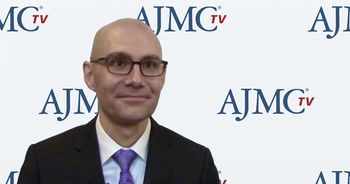
There has been great engagement in accountable care organizations (ACOs) because ACOs offer a level of coordinated care that patients are looking for, explained Scott Hewitt, vice president, payment strategy and innovation, UnitedHealthcare.

This week, companies are showcasing digital health at conferences in Las Vegas and San Francisco, but when it comes to alleviating disease burden or the cost of care for vulnerable populations, the promise of digital health is not yet fulfilled, according to a study published in Health Affairs.

After growing modestly between 2011 and 2016, the average premium for employer health plans rose sharply in 2017, growing 5.5% from 2016 to 2017 for family plans and 4.4% for single-person plans.

Nine organizations representing health insurance companies, consumers, and businesses announced Monday that they support the concept of federal legislation to protect patients from receiving surprise medical bills.

During a case study, employees were more willing to have less robust coverage in areas like dental, vision, and diagnostic benefits so that the group could have access to more comprehensive mental health and maternity services.

An event hosted by the American Enterprise Institute highlighted companies in the private sector that are working on novel ways to transform healthcare and bring better value to patients.

According to the 2018 benchmark Kaiser Family Foundation Employer Health Benefits Survey, annual premiums for family and single coverage have increased in 2018 and the burden of deductibles continues to grow on employees. However, as premiums rise, so does employer investment in health and wellness programs for their employees.
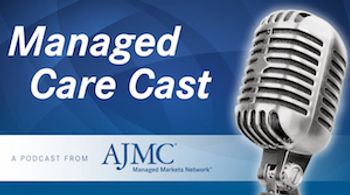
Employers may not look forward to purchasing healthcare, but they are in the position to transform the market. More employers are getting more involved in healthcare by championing alternative payment models and other services to their employees.

Employers who have been disappointed in the past with wellness programs want to see evidence of patient engagement and how this translates into savings.
